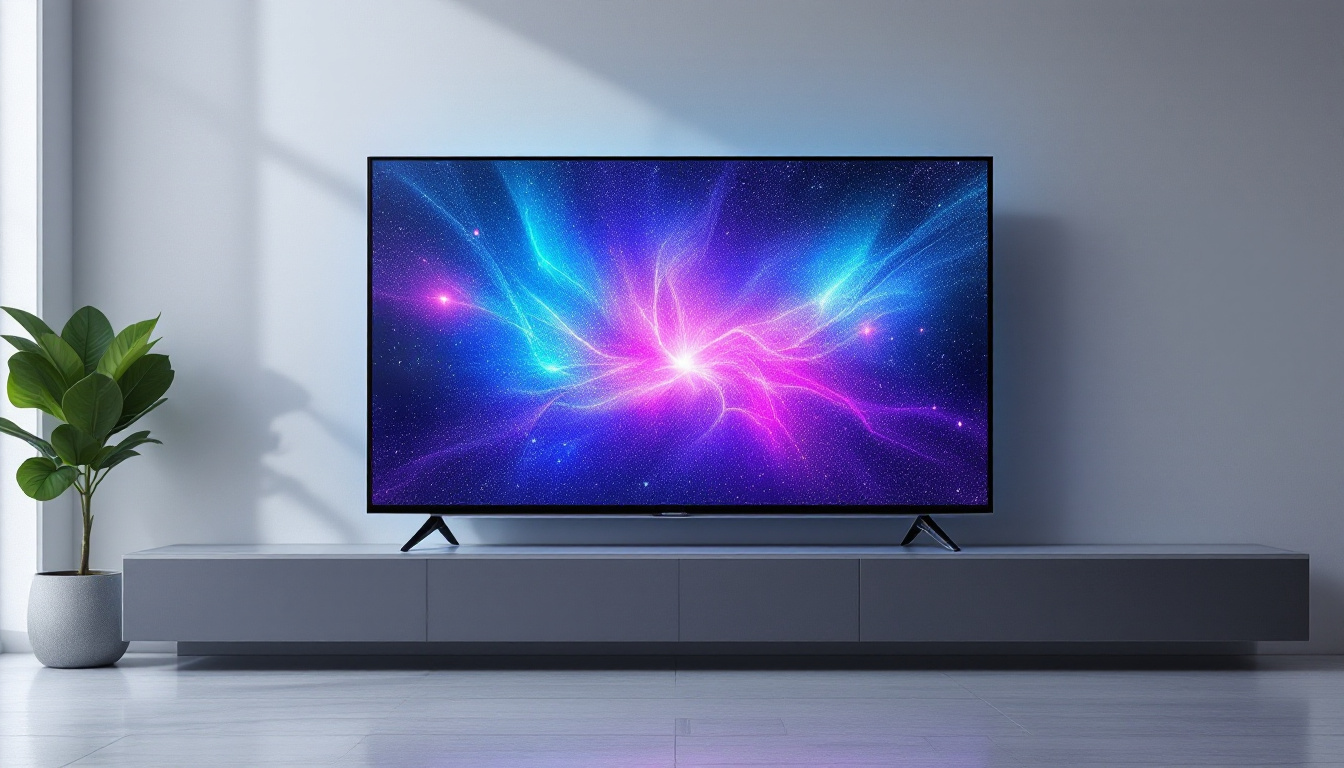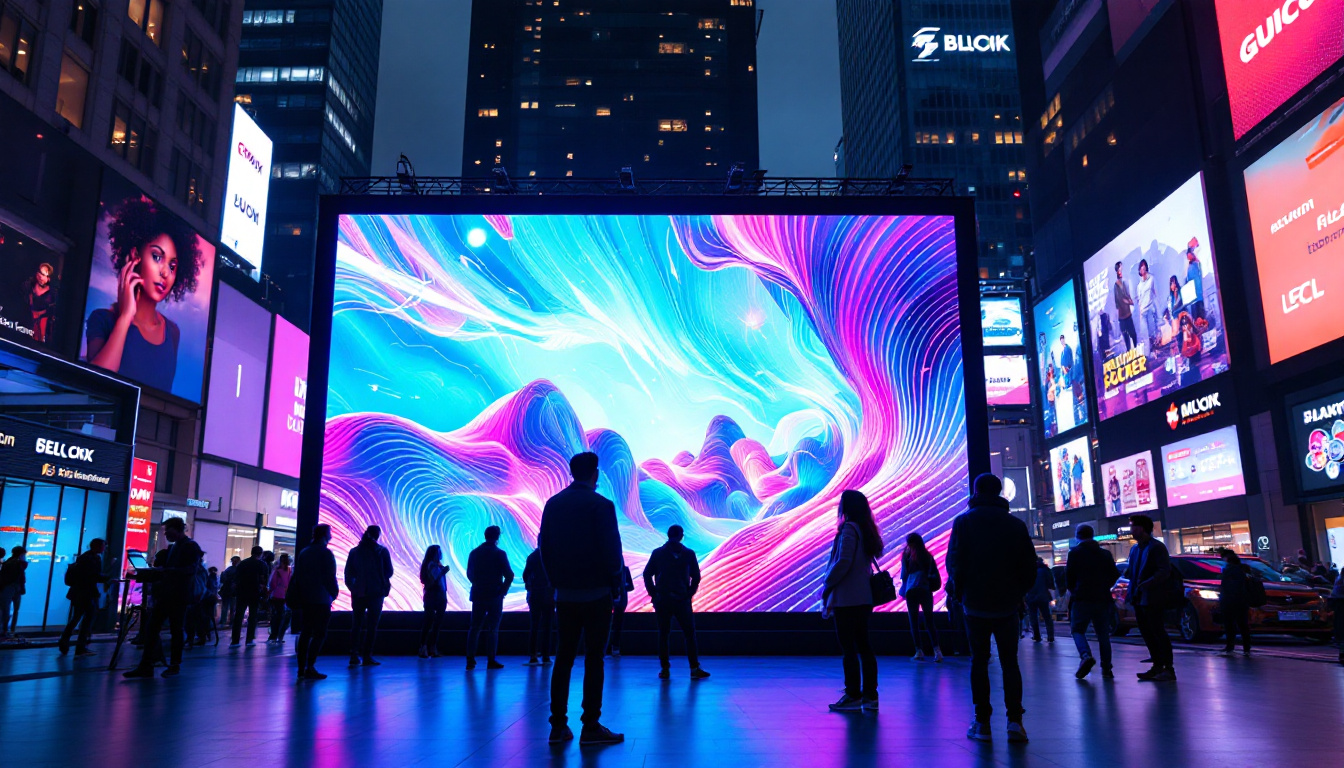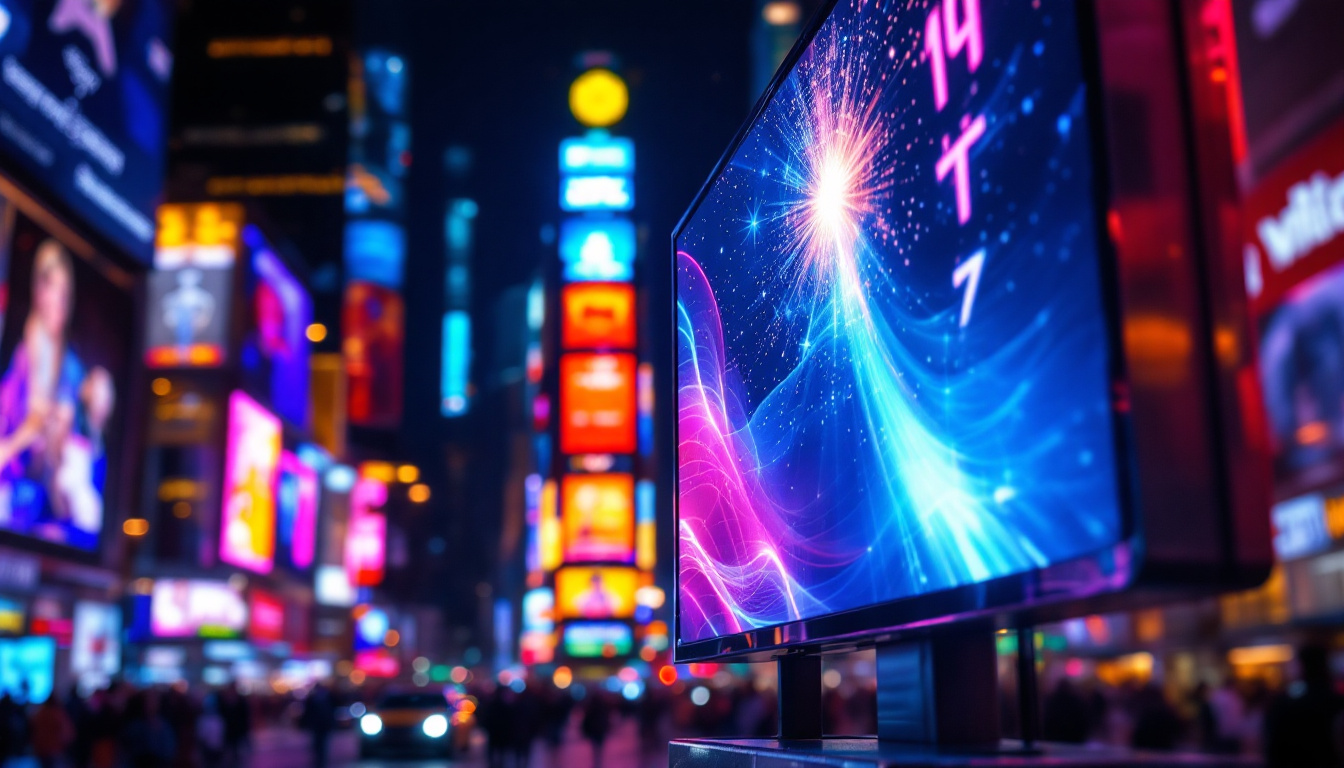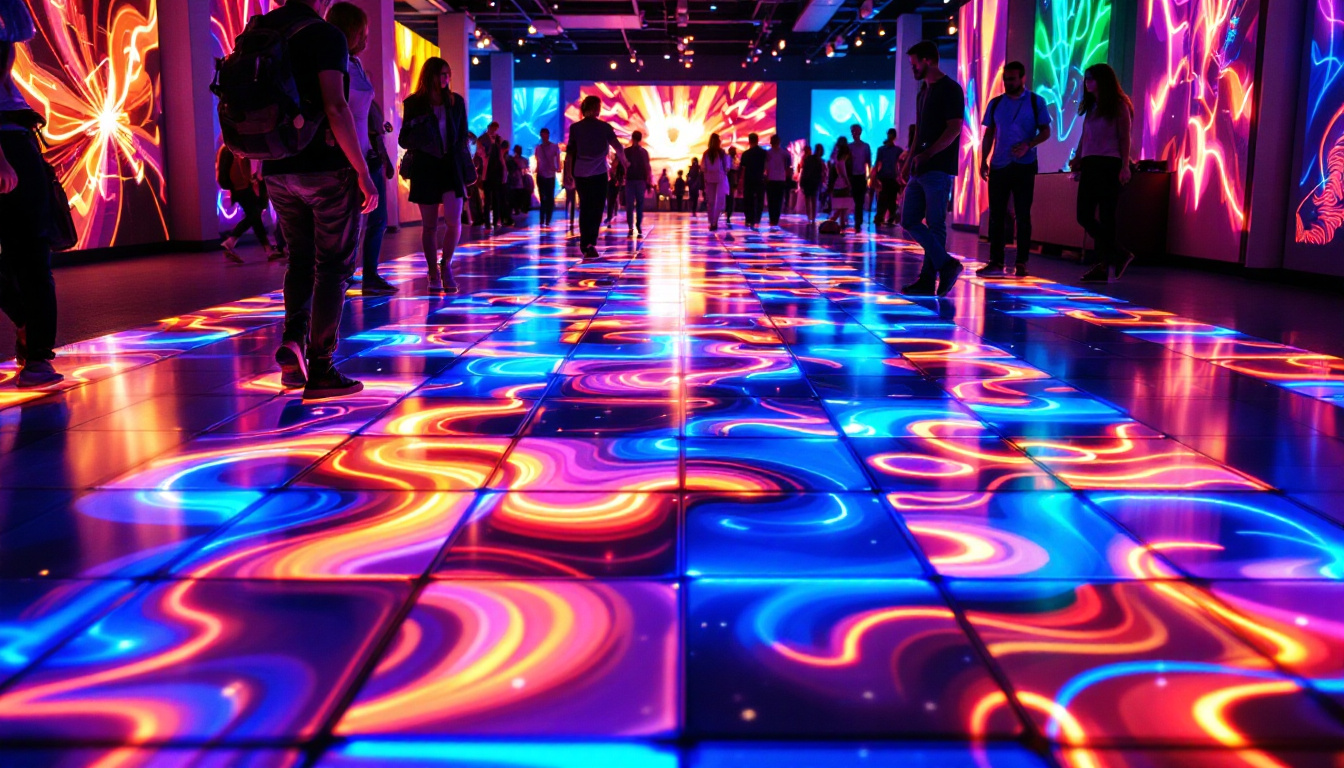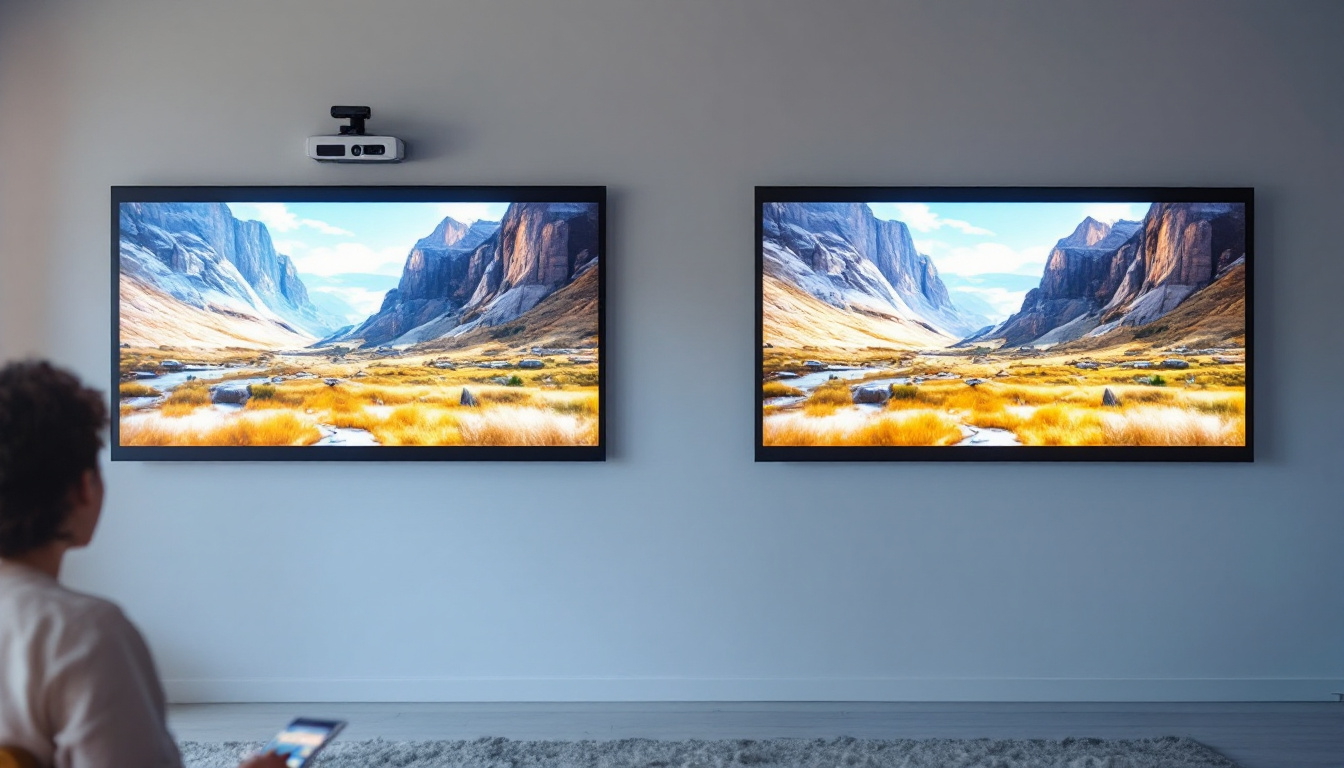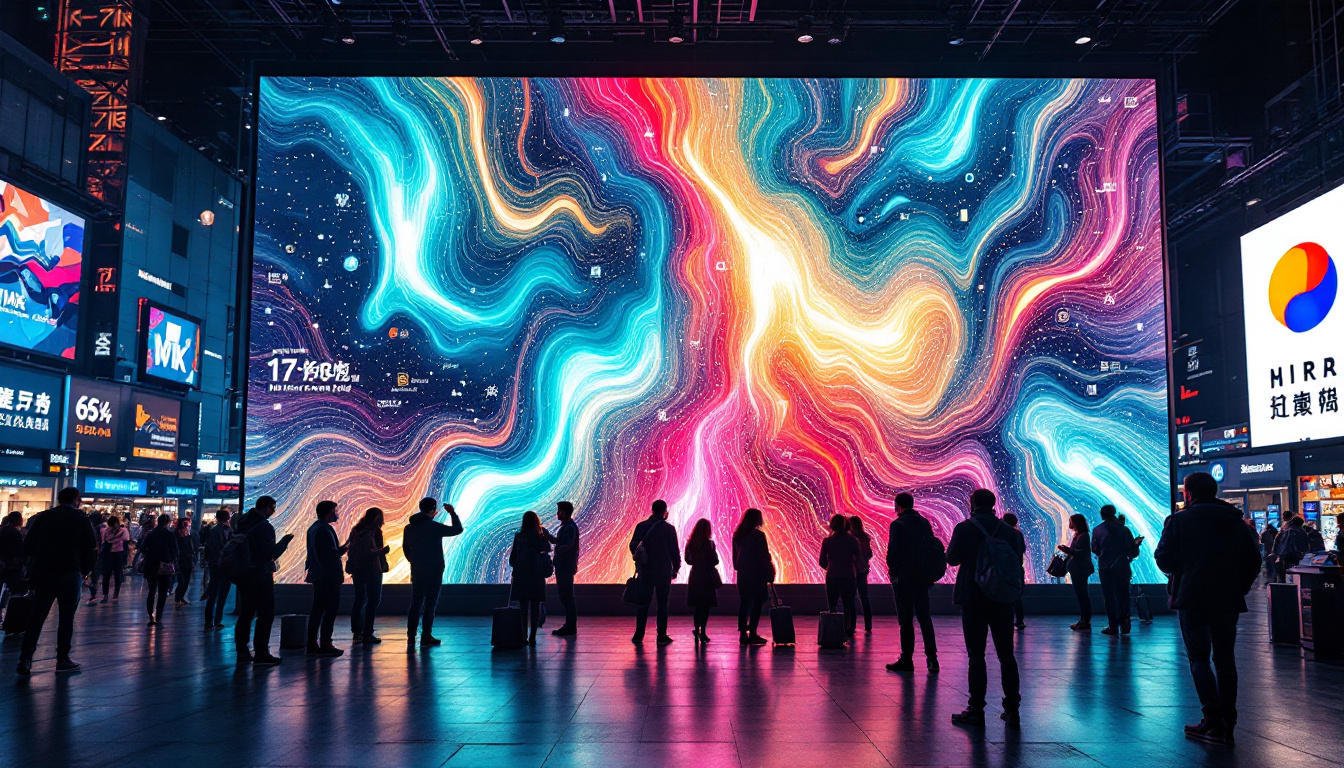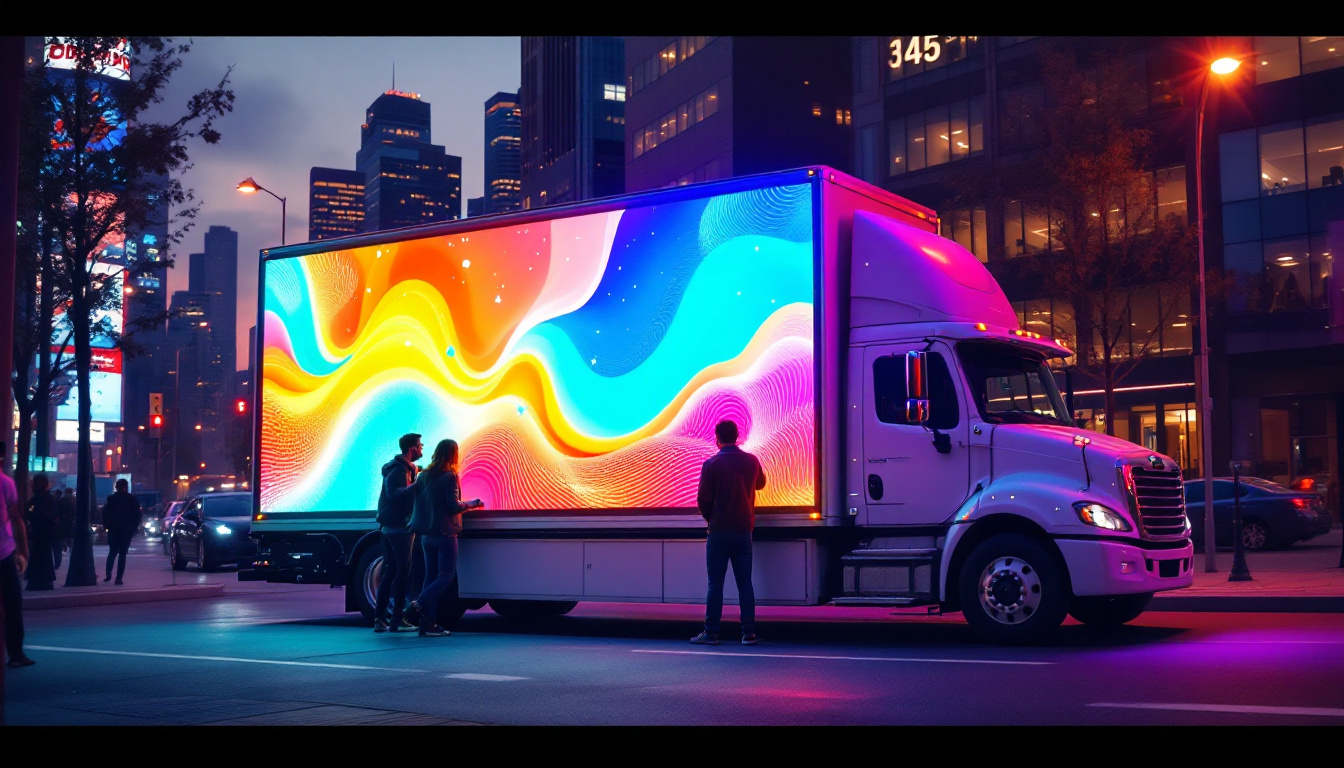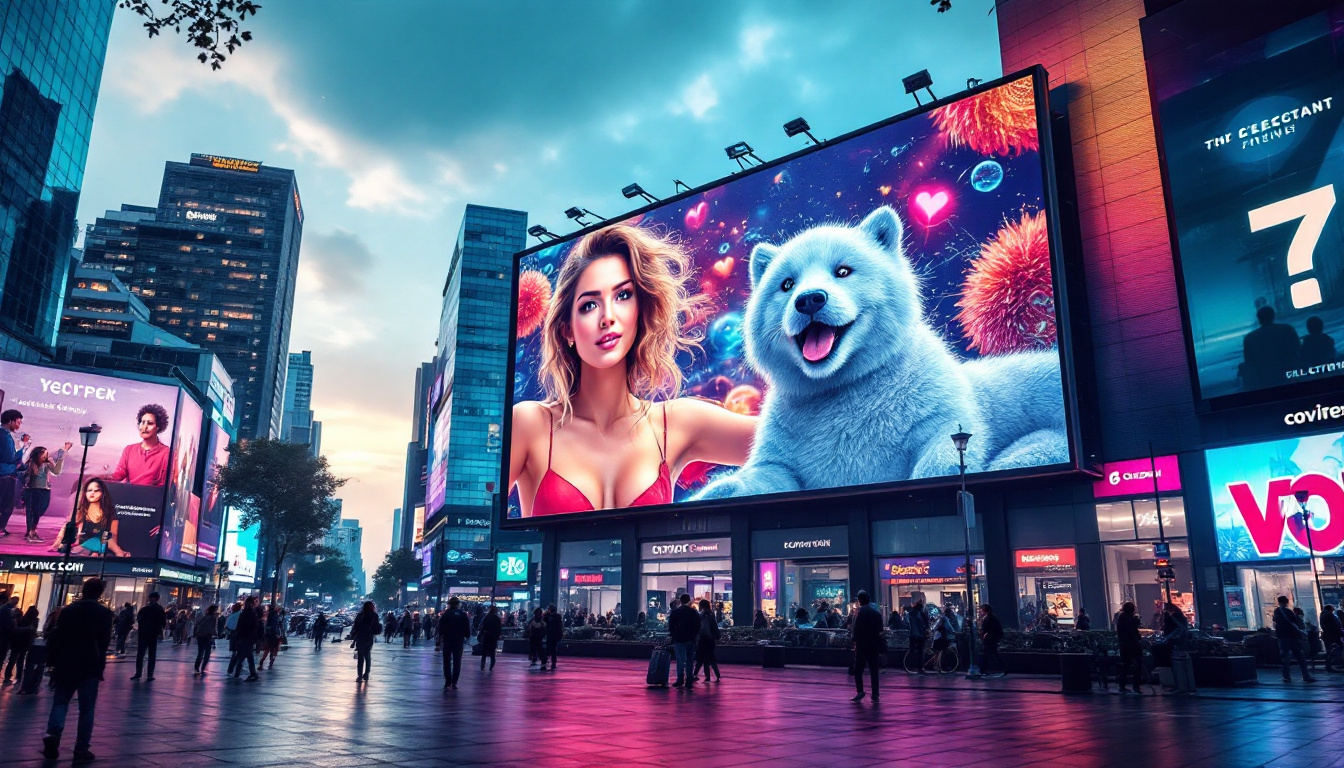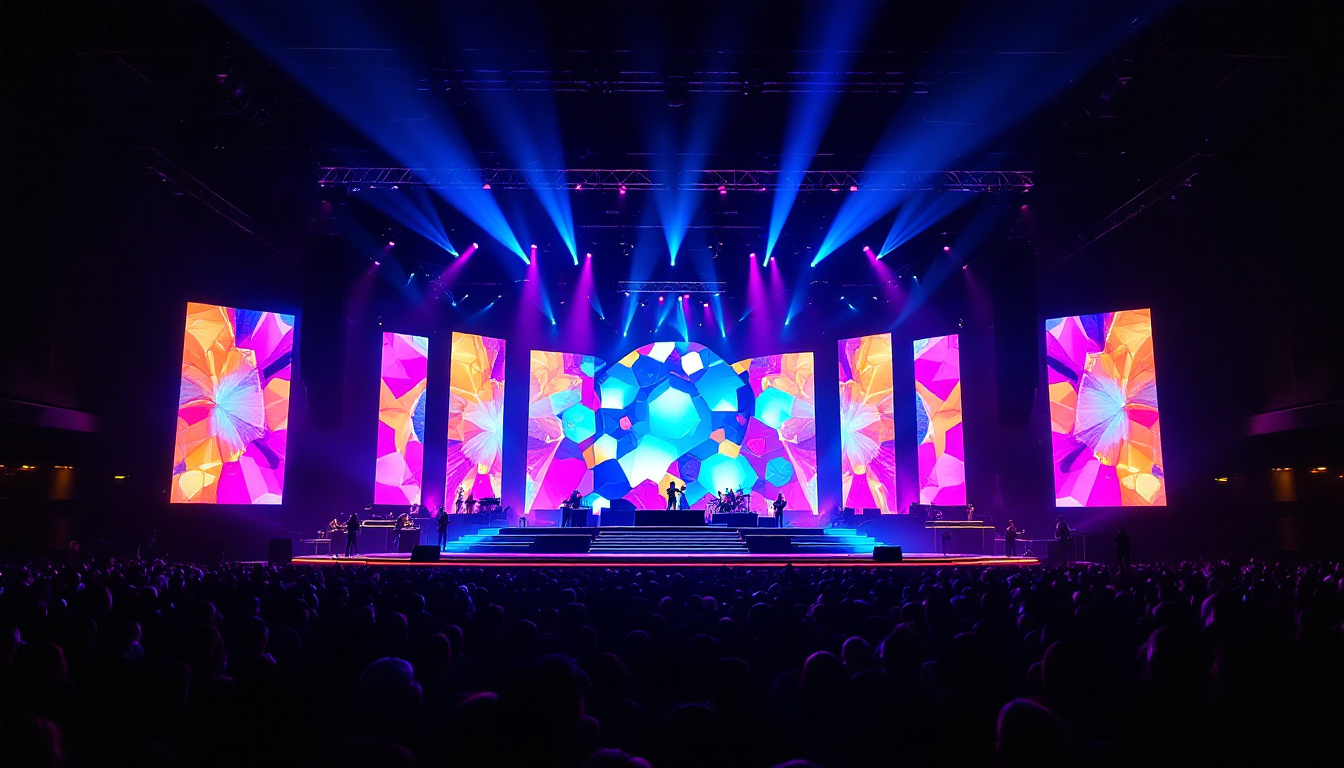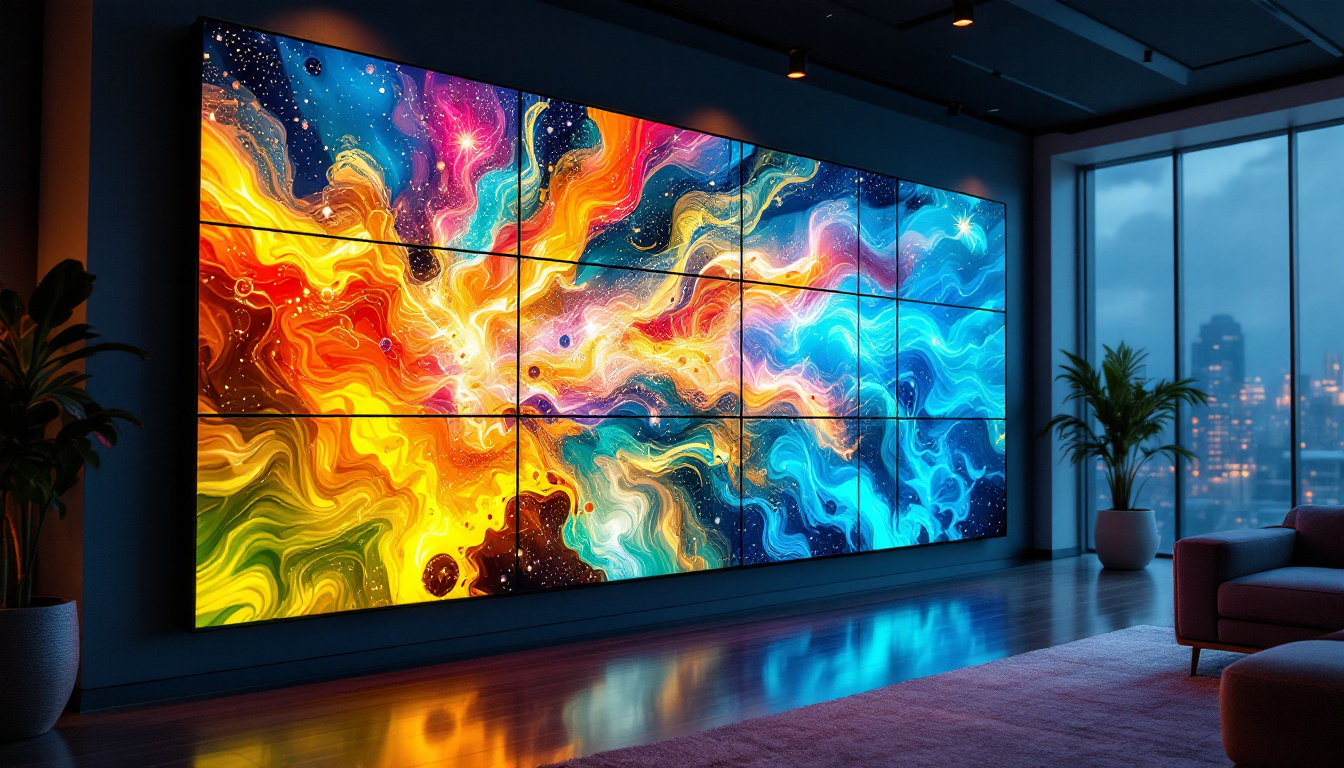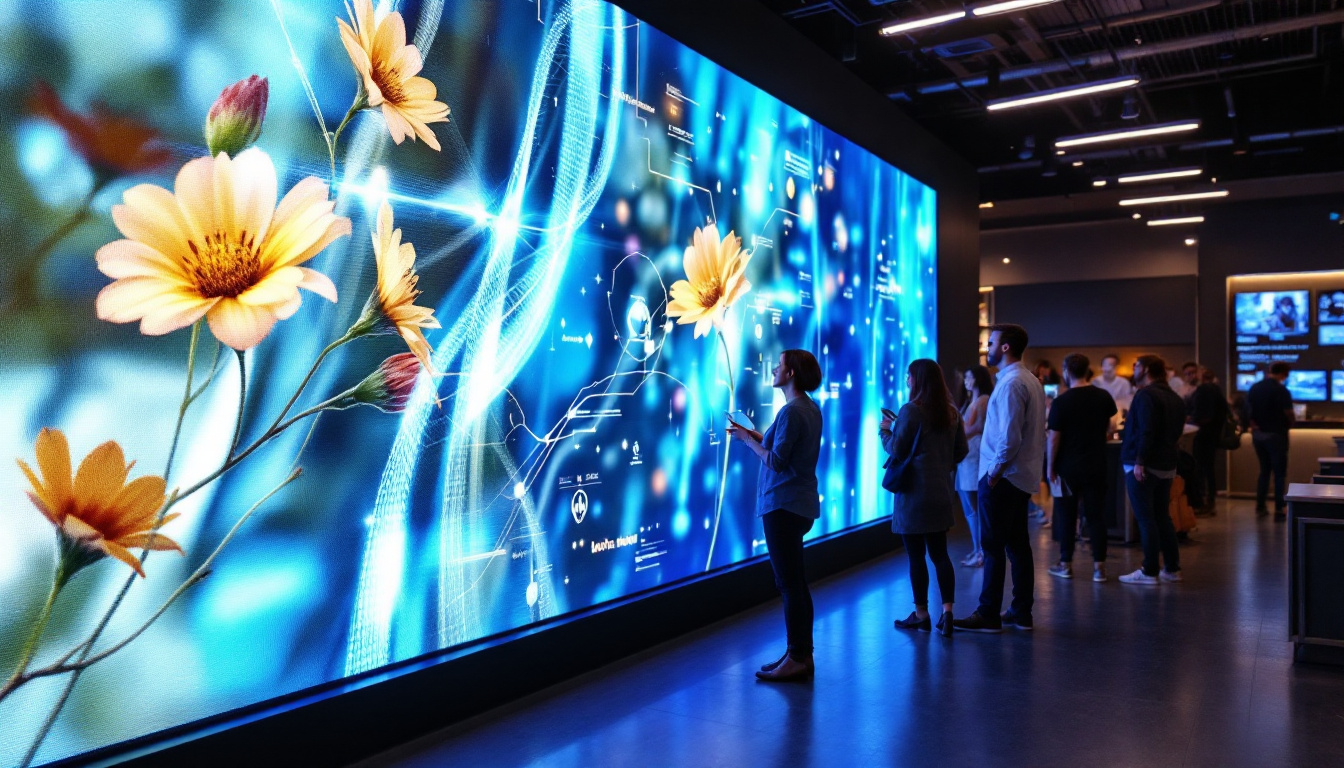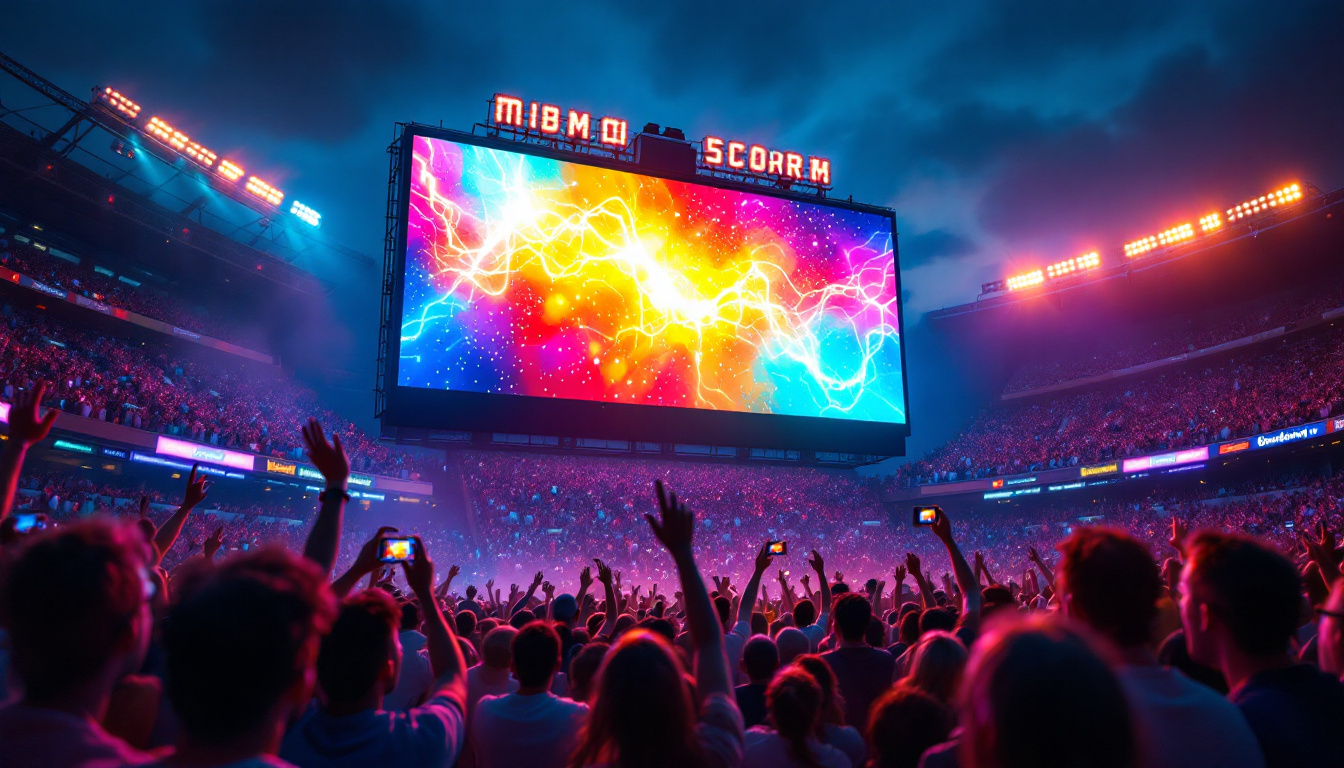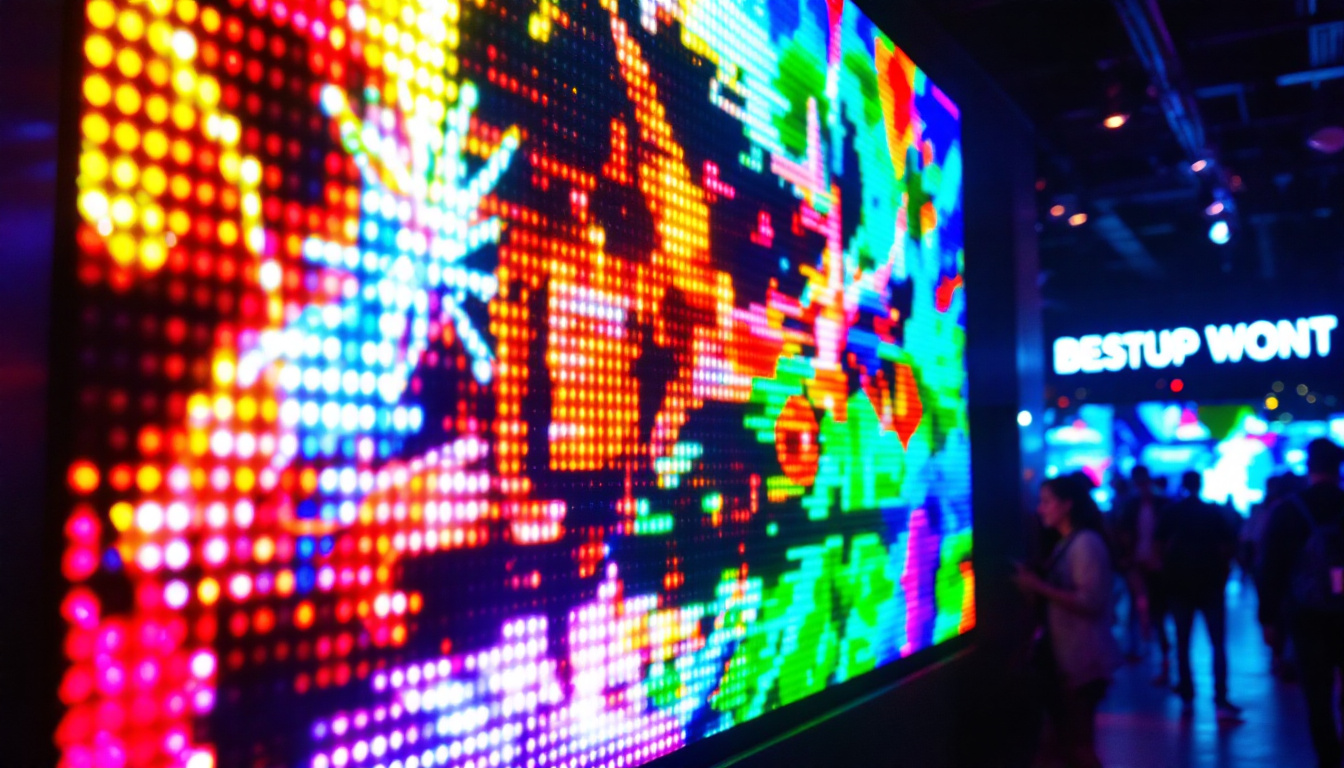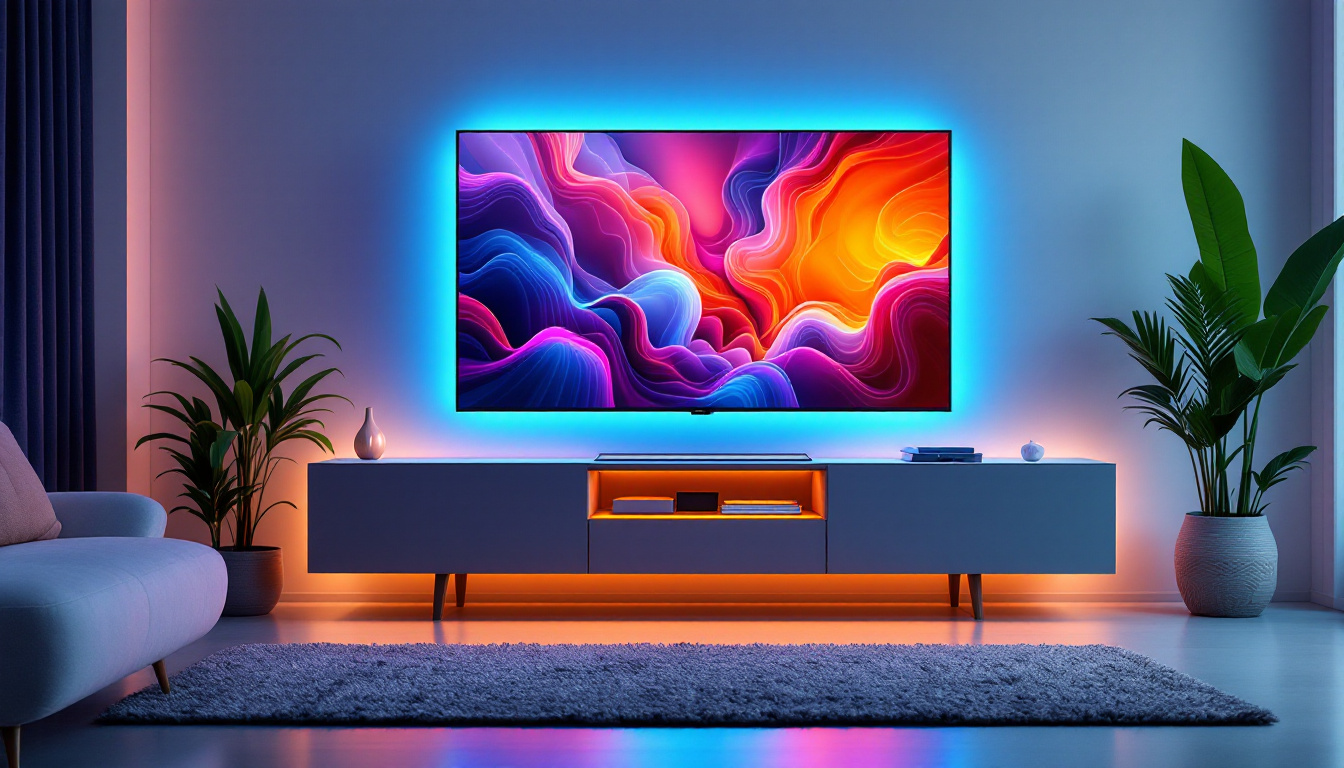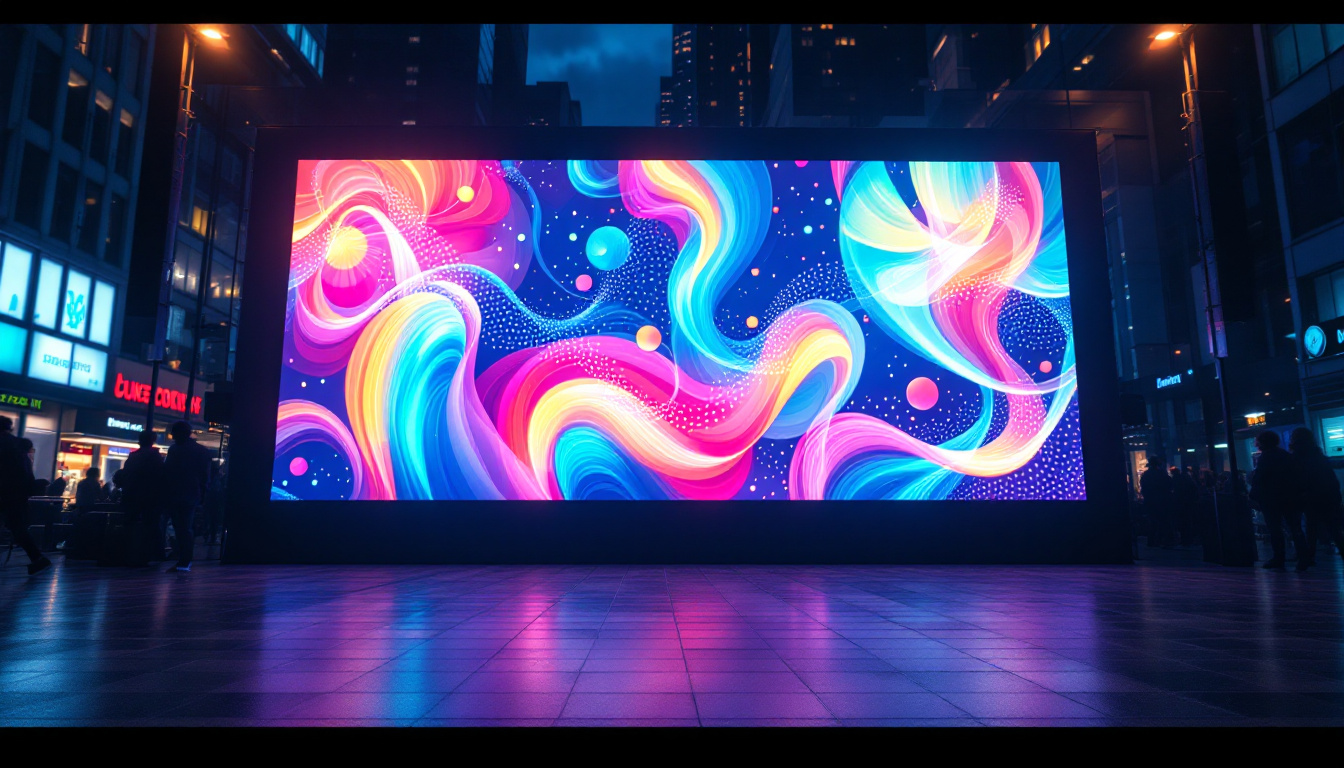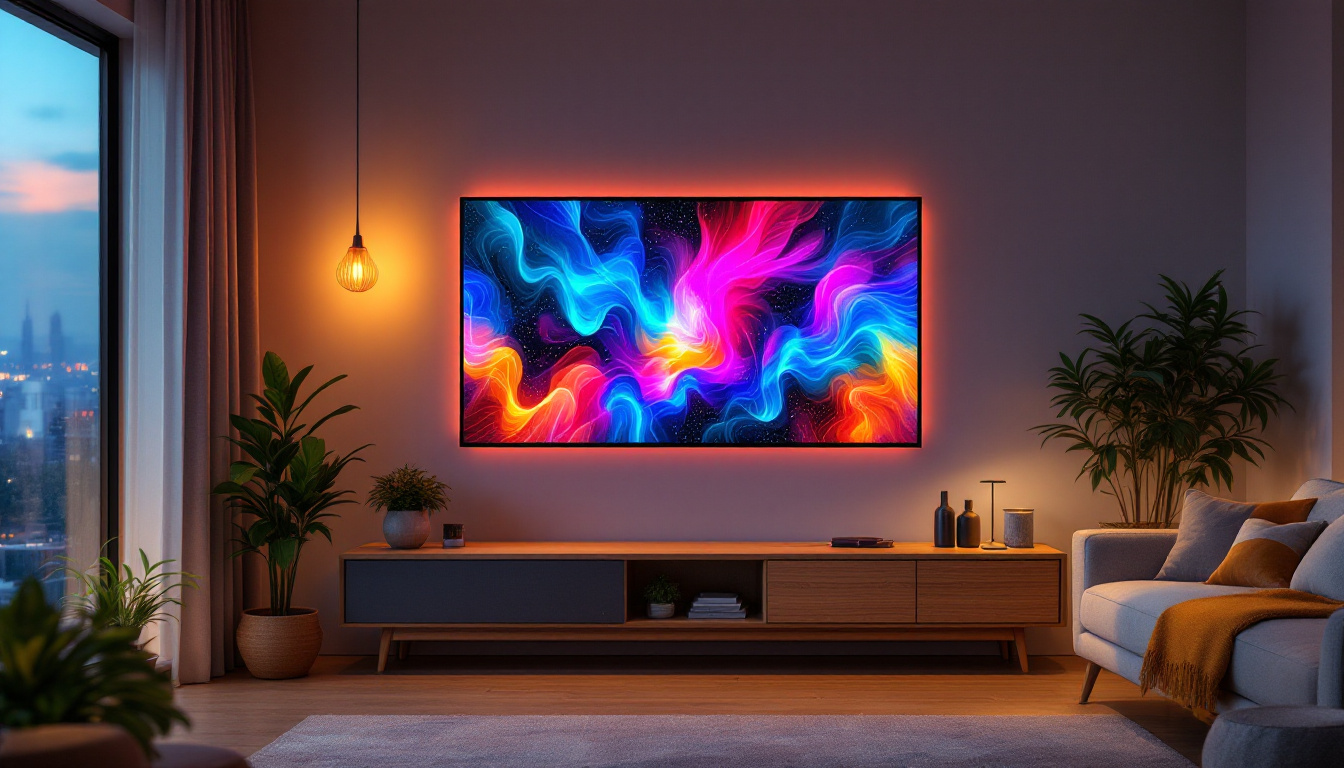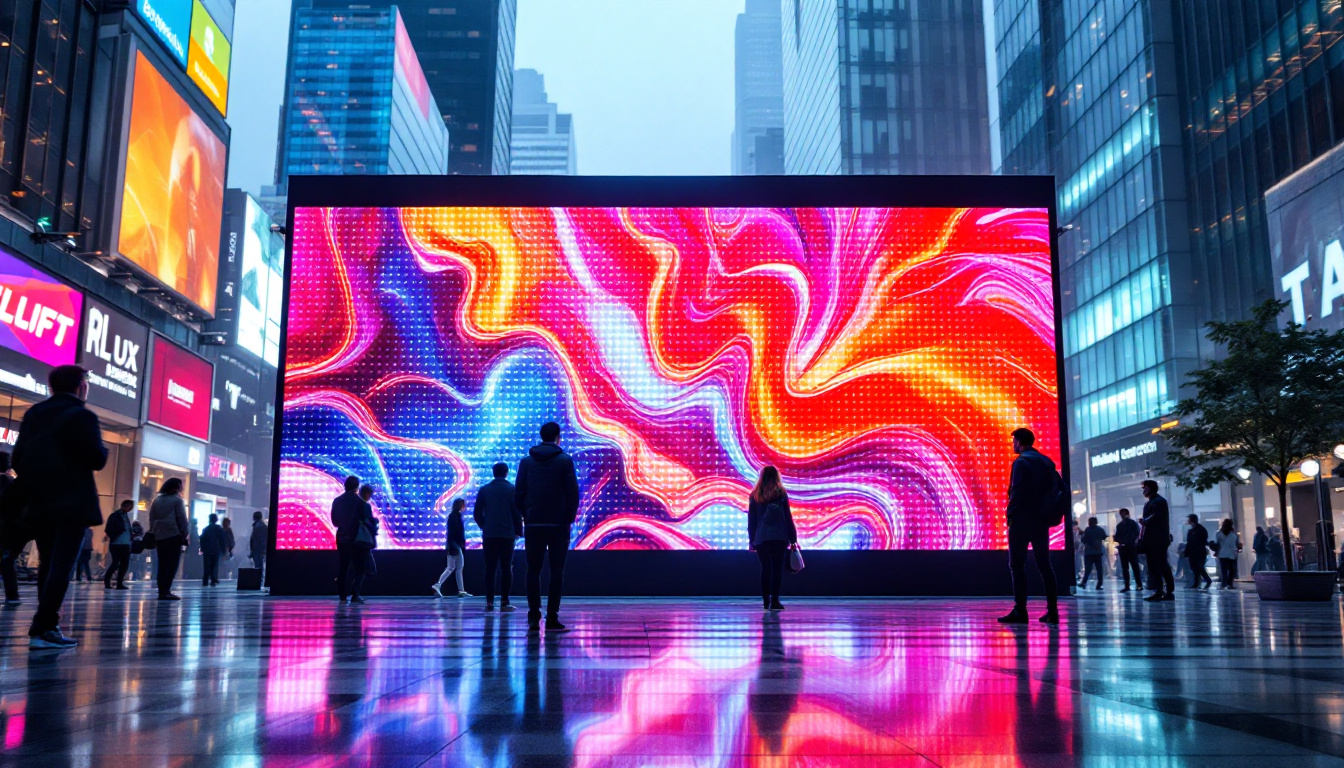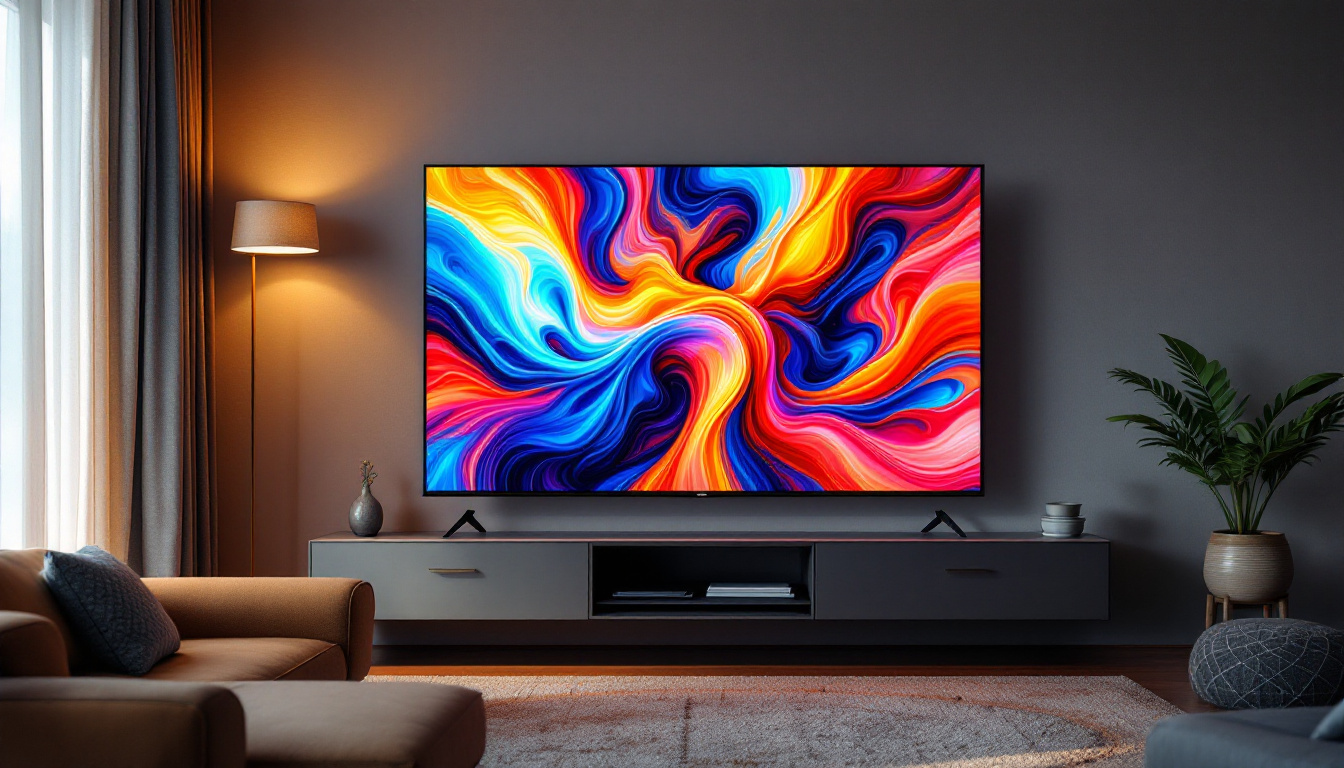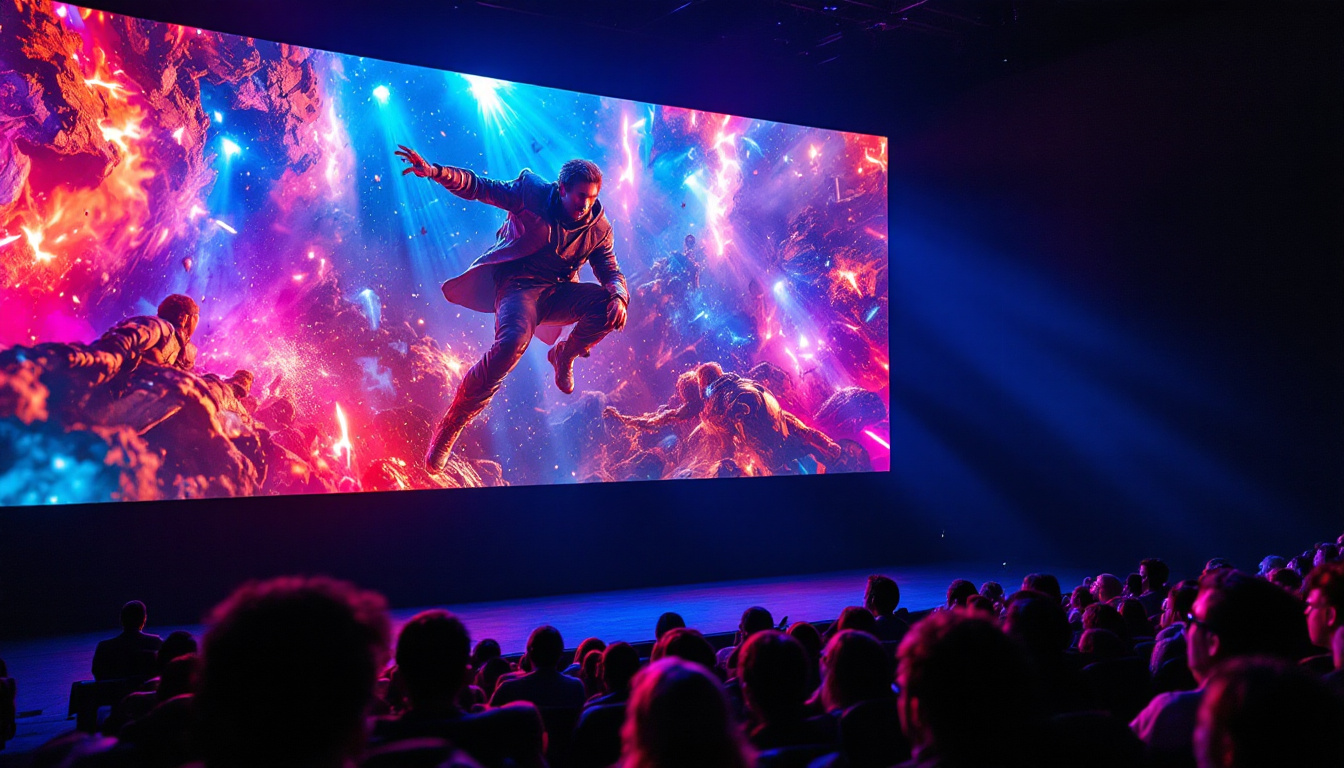The logo of a brand often encapsulates its identity, values, and mission. In the case of TVS, a prominent name in the automotive and electronics industry, the logo represents innovation and quality. This article delves into the intricacies of LED displays, a significant aspect of modern television technology, and how it aligns with the ethos of the TVS brand.
Understanding LED Technology
Light Emitting Diode (LED) technology has revolutionized the way images are displayed on screens. Unlike traditional LCDs, which rely on backlighting, LED displays use a series of tiny diodes that emit light. This advancement not only enhances the brightness and color accuracy of the images but also contributes to energy efficiency. The compact size of LEDs allows for thinner screens, enabling manufacturers to create sleek, modern designs that are aesthetically pleasing and space-saving.
How LED Displays Work
At the core of LED technology is the semiconductor material that emits light when an electric current passes through it. This process is known as electroluminescence. The diodes are arranged in a grid, allowing for precise control over the brightness of each pixel. This capability leads to deeper blacks and more vibrant colors, creating an immersive viewing experience. Furthermore, advancements in technology have led to the development of organic LEDs (OLEDs), which offer even greater contrast ratios and flexibility in screen design, paving the way for curved and foldable displays.
Moreover, LED displays can be categorized into two main types: edge-lit and direct-lit. Edge-lit displays have LEDs positioned along the edges of the screen, while direct-lit displays have a full array of LEDs behind the screen. The latter generally offers superior picture quality due to more uniform lighting. In addition to these types, there are also mini-LED and micro-LED technologies that further enhance the performance of displays by providing even finer control over local dimming and brightness levels, which is particularly beneficial for high dynamic range (HDR) content.
Benefits of LED Displays
LED displays come with a plethora of advantages that make them a popular choice for consumers. One of the most significant benefits is energy efficiency. LED technology consumes less power compared to traditional display technologies, which translates to lower electricity bills and a reduced carbon footprint. This efficiency is particularly important in large installations, such as commercial displays and digital signage, where energy savings can significantly impact operational costs.
Additionally, LED displays are known for their longevity. With a lifespan that can exceed 50,000 hours, they outlast many other display types, making them a cost-effective investment in the long run. The durability of LED screens also means they are less prone to damage, further enhancing their appeal. Beyond their physical robustness, LED displays also boast faster response times, making them ideal for fast-paced content like sports and gaming, where every millisecond counts. As technology continues to evolve, the integration of smart features into LED displays, such as built-in streaming services and connectivity options, further enhances their functionality and user experience.
TVS and Its Commitment to Quality
TVS has built a reputation for delivering high-quality products across various sectors, including automotive and electronics. The integration of LED technology in their products is a testament to their commitment to innovation and customer satisfaction.
Innovative Design and Functionality
The design philosophy of TVS revolves around creating products that are not only functional but also aesthetically pleasing. The incorporation of LED displays in their televisions reflects this ethos. These displays are designed to provide a seamless viewing experience, with features that cater to the needs of modern consumers.
For instance, many TVS LED televisions come equipped with smart technology, allowing users to access streaming services, browse the internet, and connect with other smart devices. This versatility enhances the overall user experience, making it easy to enjoy a wide range of content. Furthermore, the user interface is intuitively designed, ensuring that even those who are not tech-savvy can navigate through various features with ease. The inclusion of voice control capabilities also adds a layer of convenience, allowing users to operate their televisions hands-free, which is particularly beneficial in busy households.
Environmental Responsibility
In an era where environmental concerns are paramount, TVS is dedicated to producing eco-friendly products. The energy efficiency of LED displays aligns with this commitment, as they consume significantly less power than traditional displays. By choosing LED technology, TVS not only enhances the performance of their products but also contributes to sustainability.
Moreover, TVS actively engages in sustainable manufacturing practices, utilizing recyclable materials in their product designs and packaging. This commitment extends beyond just the products themselves; it encompasses the entire lifecycle of their offerings. By implementing responsible sourcing and production methods, TVS aims to minimize its carbon footprint and promote a greener future. Additionally, the company invests in research and development to explore new technologies that can further reduce environmental impact, ensuring that they remain at the forefront of eco-conscious innovation in the electronics industry.
The Impact of LED Displays on Viewing Experience
The viewing experience is crucial for consumers, and LED technology has significantly transformed how content is consumed. The sharpness, brightness, and color accuracy of LED displays create a more engaging experience for viewers.
Enhanced Picture Quality
One of the standout features of LED displays is their ability to produce high dynamic range (HDR) content. HDR technology allows for a broader range of colors and contrasts, making images appear more lifelike. This capability is particularly beneficial for watching movies and sports, where visual clarity is paramount.
Furthermore, the fast response time of LED displays minimizes motion blur, which is essential for fast-paced action scenes. This feature ensures that viewers can enjoy a smooth and uninterrupted viewing experience, enhancing the overall enjoyment of their favorite shows and movies.
In addition to HDR, many LED displays now incorporate advanced technologies such as local dimming and quantum dot enhancement. Local dimming allows specific areas of the screen to be dimmed or brightened independently, resulting in deeper blacks and brighter highlights. Quantum dot technology further enhances color reproduction by using tiny semiconductor particles that emit specific colors when exposed to light, thus broadening the color gamut and providing viewers with a richer visual experience.
Versatility in Applications
LED technology is not limited to televisions; it has found applications in various fields, including advertising, gaming, and even automotive displays. This versatility showcases the adaptability of LED technology and its potential to enhance various types of visual communication.
In advertising, for instance, LED displays can be used to create eye-catching billboards and signage that attract attention and convey messages effectively. In gaming, LED technology provides immersive experiences with vibrant graphics and rapid refresh rates, making it a preferred choice for gamers.
Moreover, the integration of LED displays in smart home technology has opened new avenues for user interaction. Smart mirrors equipped with LED screens can display information such as weather updates, news, and personal reminders while maintaining a sleek, modern aesthetic. Additionally, in the automotive sector, LED displays are increasingly used for dashboard interfaces and infotainment systems, providing drivers with clear and concise information while enhancing the overall driving experience. This trend reflects the growing demand for intuitive and visually appealing interfaces in everyday technology.
Future Trends in LED Display Technology
The landscape of LED display technology is continuously evolving, with innovations that promise to enhance the viewing experience even further. As consumer demands increase, manufacturers are exploring new possibilities to integrate advanced features into LED displays.
MicroLED Technology
One of the most exciting developments in LED technology is MicroLED. This cutting-edge technology uses microscopic LEDs to create individual pixels, allowing for even greater control over brightness and color. MicroLED displays are expected to deliver unparalleled picture quality, with deeper blacks and brighter whites, making them a game-changer in the industry.
Moreover, MicroLED technology offers the potential for modular displays, allowing consumers to customize their screen sizes and shapes. This flexibility could revolutionize how people interact with their displays, providing tailored solutions for various environments.
Integration with Artificial Intelligence
As artificial intelligence (AI) continues to advance, its integration with LED displays is becoming increasingly prevalent. AI can enhance the viewing experience by optimizing picture settings based on the content being displayed. For example, AI algorithms can analyze scenes in real-time and adjust brightness, contrast, and color settings to ensure the best possible picture quality.
Additionally, AI can facilitate smarter user interfaces, making it easier for consumers to navigate through content and access their favorite shows and applications. This synergy between LED technology and AI represents a significant leap forward in enhancing user experience.
Conclusion
The logo of TVS symbolizes a commitment to quality, innovation, and sustainability, values that are reflected in their use of LED display technology. As the industry continues to evolve, LED displays will play a crucial role in shaping the future of visual entertainment.
With advancements like MicroLED and AI integration on the horizon, consumers can expect even more immersive and engaging experiences. As TVS continues to lead the charge in adopting these technologies, the brand remains dedicated to providing high-quality products that meet the needs of modern consumers.
In summary, the marriage of LED technology with the principles embodied by the TVS logo not only enhances the viewing experience but also aligns with a broader commitment to innovation and environmental responsibility. The future looks bright for LED displays, and TVS is at the forefront of this exciting evolution.
Explore Cutting-Edge LED Displays with LumenMatrix
As you embrace the future of visual entertainment highlighted by TVS’s commitment to quality and innovation, take your experience further with LumenMatrix. Specializing in a wide array of LED display modules, from Indoor and Outdoor LED Walls to Custom and All-in-One LED Displays, LumenMatrix is at the vanguard of creating immersive environments that captivate and engage. Whether for advertising, live sports, or dynamic digital signage, our solutions are designed to revolutionize visual communication and elevate your brand’s presence. Check out LumenMatrix LED Display Solutions today and be a part of the visual revolution.

